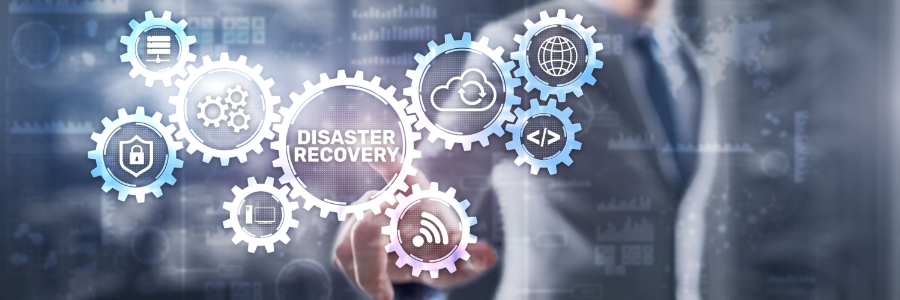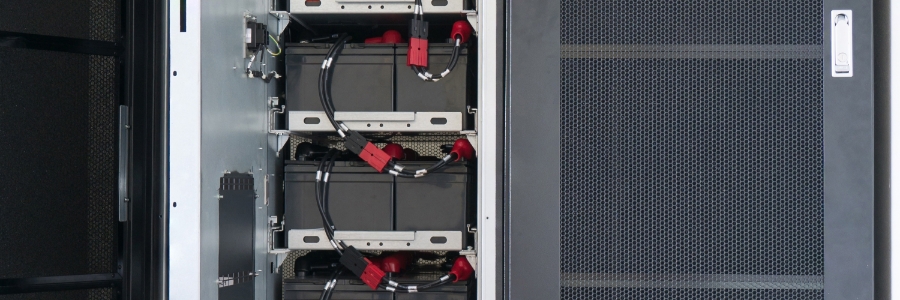As a business owner, you know that data security is paramount. It’s therefore essential to ensure you have taken all necessary steps to protect yourself against potential data loss events, such as data breaches and natural disasters. In this essential guide, we will outline the key steps you should take in creating a disaster recovery plan (DRP). Following these can save your business from an incredibly costly catastrophe.
Essential tips for making an effective disaster recovery plan
The importance of a quality UPS for your business
The 3 biggest disaster recovery myths that businesses should ignore

Disaster recovery (DR) has undergone major changes for the better since cloud computing became popular. In particular, small- and medium-sized businesses have benefitted from cheaper and more reliable DR solutions. But there are still plenty of misconceptions about DR that are keeping many business owners from adopting the right DR strategies.
Steps to protect your company from hurricanes

Hurricanes pose a serious threat to businesses. The damages caused by hurricanes can disrupt operations to a point where some companies never recover. Take these steps to help you keep your business safe from hurricanes.
What is a hurricane disaster recovery plan?
A hurricane disaster recovery plan is a written set of procedures on how to respond to a hurricane.
The business continuity benefits of cloud technology
Stay connected with a UPS for networking equipment

An uninterrupted power supply (UPS) is an essential component of a business’s IT network. It ensures that networking equipment stays operational during power outages or failures. This allows you to stay online so you don’t suffer the productivity- and profit-draining impacts of a power outage, especially one that happens without warning.
3 Disaster recovery myths, debunked

With advancements in cloud computing, disaster recovery (DR) has become more efficient and affordable than ever. However, many business owners still cling to some DR myths that can safely be disregarded, such as these three.
Myth 1: Tape backups are the best DR solution
Tape backups are physical objects that deteriorate over time.
Protecting your data from hurricanes
Why business continuity plans fail

Even the best managed IT services provider (MSP) can overlook certain business continuity plan (BCP) details. This is why businesses should always be on the lookout for the following pitfalls of BCP to ensure that the plan works as it should.
Over-optimistic testing
The initial testing attempt is usually the most important, because it's when MSPs can pinpoint potential pain points in the recovery plan.
Here’s how to protect your VoIP system

Companies that rely heavily on customer service and sales need a reliable, efficient, and effective telecommunications system. If that system breaks down even for just a day, the resulting losses can be significant. This is why you would do well to protect the company’s Voice over Internet Protocol (VoIP) telephony system.




